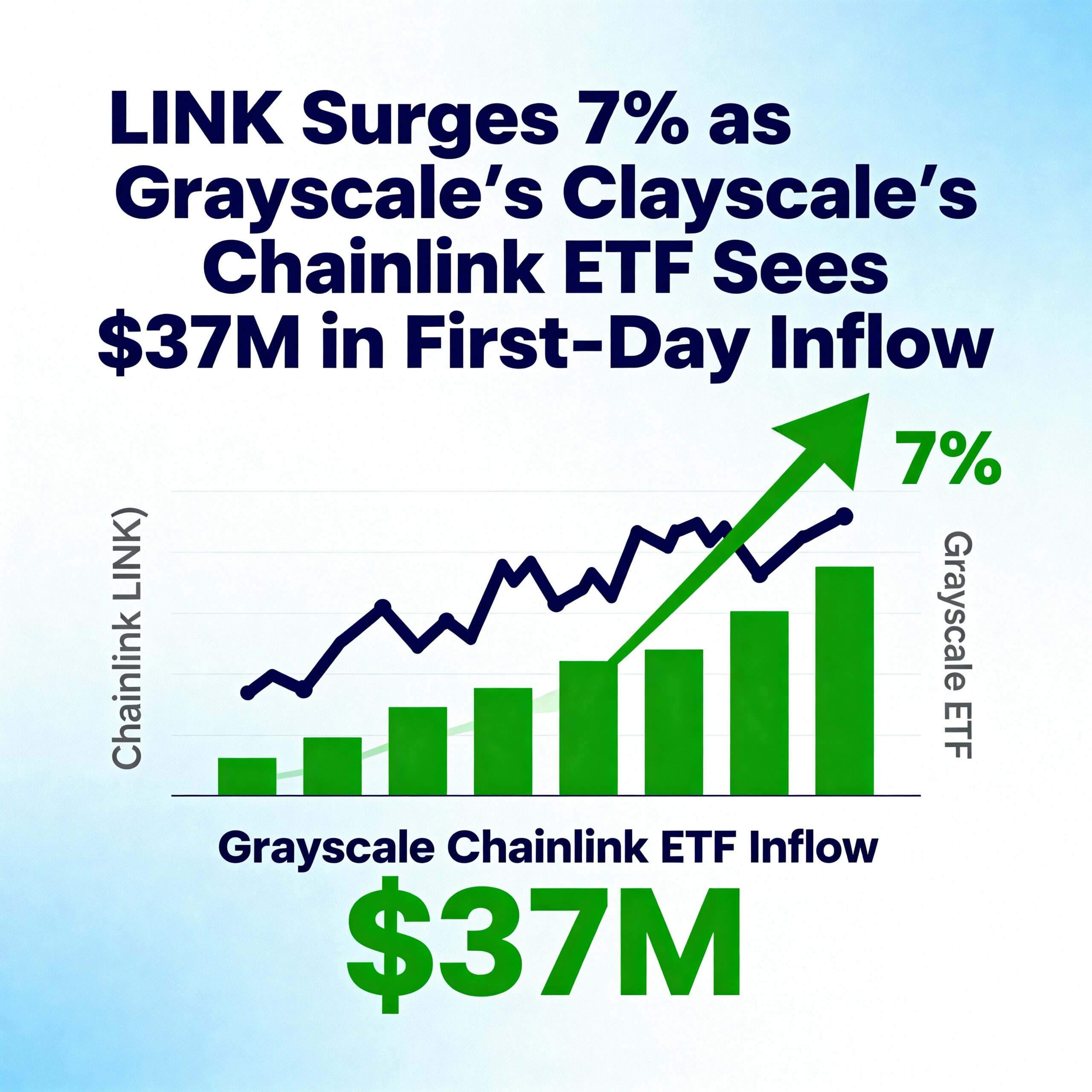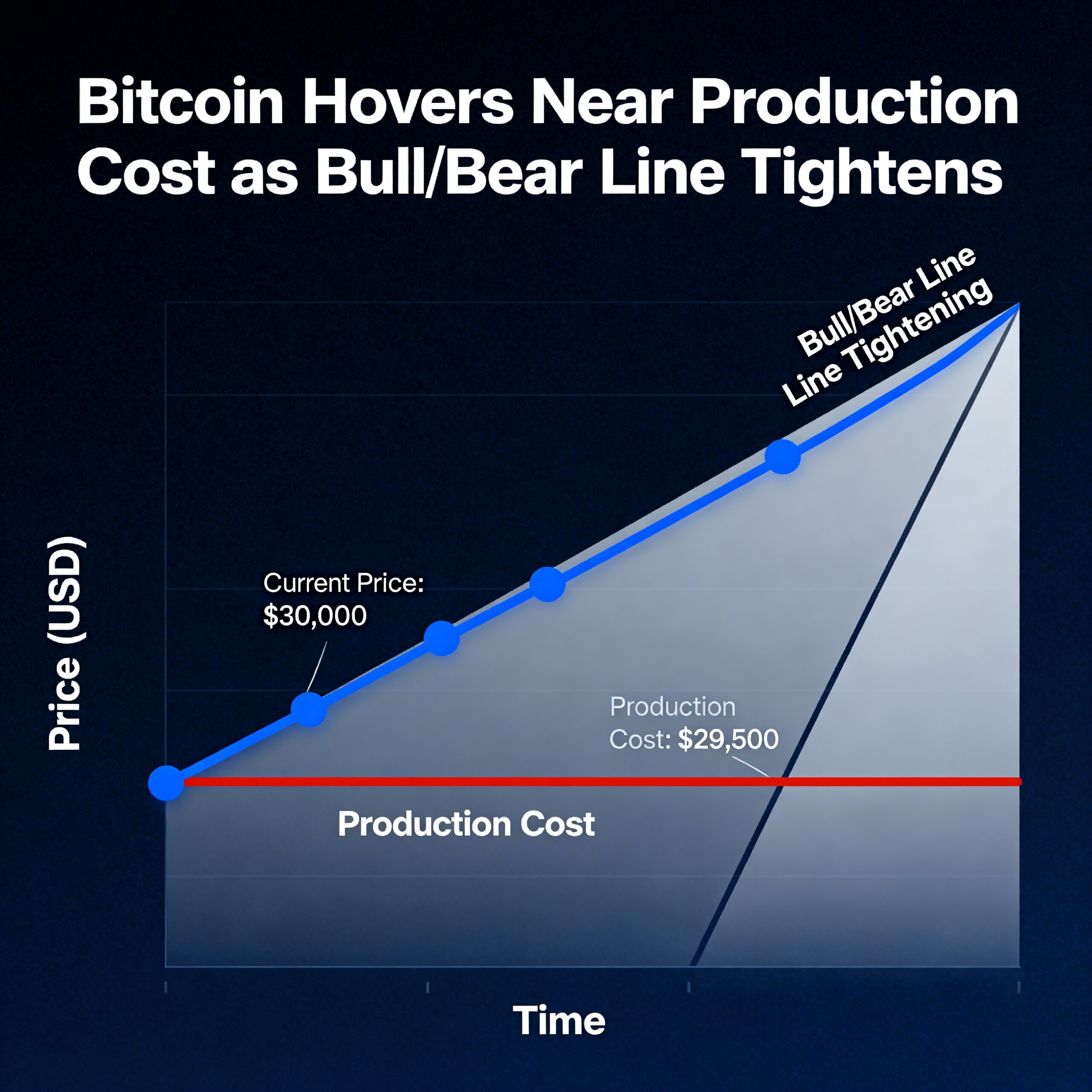
Stablecoin issuers are on track to become some of the largest holders of U.S. Treasury bonds, potentially surpassing major foreign governments, a new report from global financial institution Citi predicts.
Citi suggests that 2025 could represent a turning point for blockchain adoption, with stablecoins leading the charge in a manner similar to how artificial intelligence (AI) saw its breakout moment with the rise of ChatGPT in 2023.
“2025 could be blockchain’s ‘ChatGPT’ year,” the bank’s analysts wrote in a report published earlier this week.
At the core of this forecast are stablecoins, a class of cryptocurrencies pegged to traditional assets like the U.S. dollar. Led by Tether’s $145 billion USDT and Circle’s $60 billion USDC, stablecoins have gained significant traction recently, playing an increasingly important role in global payments and remittances.
Citi envisions the stablecoin market growing to $1.6 trillion by 2030 in its base-case scenario, up from the current $230 billion, provided there’s continued regulatory support and widespread institutional adoption. In the most optimistic scenario, Citi sees the market potentially expanding to $3.7 trillion. However, in a more cautious outlook, it acknowledges that challenges could limit the market to around $500 billion.
A key driver of this growth is the favorable regulatory environment in the U.S., especially following a recent presidential executive order calling for the establishment of a federal framework for digital assets. Regulatory clarity on stablecoin usage could allow these tokens to integrate more deeply into the financial system, enabling faster transactions, greater transparency, and more efficient asset settlements.
“This could lead to broader adoption of blockchain-based money and unlock further use cases across financial services and other sectors in both the private and public spheres in the U.S.,” the analysts noted.
Stablecoin Issuers May Become Major Buyers of U.S. Treasuries
Stablecoins are expected to remain predominantly dollar-pegged, with Citi forecasting that 90% of stablecoins in circulation by 2030 will be tied to the U.S. dollar, reinforcing the dollar’s central role in the global financial system.
This shift could have far-reaching consequences. Stablecoin issuers could become major purchasers of U.S. Treasuries, particularly if regulations require stablecoins to be backed by low-risk, highly liquid assets like government bonds. Citi estimates that issuers could hold as much as $1.2 trillion in U.S. government debt by the end of the decade, potentially overtaking all major foreign sovereign holders.
Meanwhile, central banks in Europe and Asia are expected to continue developing their own central bank digital currencies (CBDCs), the report noted.
Risks to Stablecoin Growth
While the outlook remains positive, the report also pointed to potential risks. In 2023, stablecoins were de-pegged nearly 1,900 times, with over 600 instances involving major tokens, according to Moody’s data.
In extreme cases, such as the mass redemptions that followed the collapse of Silicon Valley Bank (SVB) — which affected USDC — the liquidity of the broader crypto market could be disrupted, triggering automated sell-offs and causing ripple effects across financial markets, the authors warned.





















